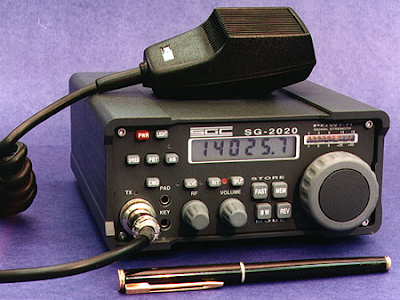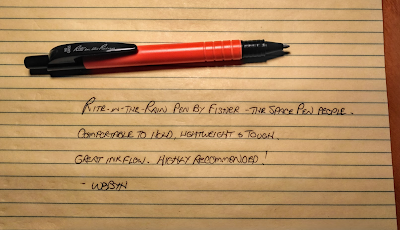About 100 years ago, Vice President Thomas Marshall (who served under Woodrow Wilson) once quipped during a Senate debate, "What this country needs is a really good five-cent cigar"
Now it's my turn. After two months trying to get various incarnations of a new Facebook page up and running, I say that what the world needs is a strong competitor to Facebook.
Facebook is doing every damned thing they can to monetize everything I post or click on in their environment - that's how they make a profit and are able to provide Facebook as a mostly free service. I'm not one of those who thinks everything on the web should be free. I understand the actual costs of site development, integration, sustainment, etc. It's all far more expensive than most people realize. For that reason, companies like Facebook try to squeeze every penny out of their users as possible, not by charging them for the service but by selling their personal data and preferences to other companies. Facebook isn't so much a social media platform as it is a data scraping service. Every mouse click you make in Facebook is being sold to someone, somewhere, as a data point. And if you think Facebook is the lone evil troll in the on-line universe, you're wrong. Everyone is doing it - Instagram, TikTok, Spotify, WhatsApp, YouTube, Twitter, Snapchat, LinkedIn, Google, Microsoft, Firefox, and dozens more. Basically I'm OK with Facebook scraping my data and selling it to the highest bidder. But it's my responsibility to give them them only the absolute bare minimum necessary to get access to their platform. My personal data, my rules. Everyone should take that attitude.
The problem is that Facebook, over the past several years, has turned the service into this mind numbingly complex environment that makes setting up and managing even simple personal pages a real pain-in-the-ass, and the attempts to get at your personal data are both subtle and evil. In the early days of Facebook, setting up a personal or organization page was easy, and fun. Give your page a name, post a few pictures, add some minor personal data and invite some friends and off you go. Easy-peasy. Now the set-up options are frustratingly complex and the nagging from the Facebook system is endless. Here's a hint - Facebook doesn't really want your birthdate so they can send you a birthday greeting every year. They want it because your age is a critical marketing data point. Also, Facebook loves it when you post videos of your singing cat not because they can share your interest with other cat lovers and everybody feels warm and fuzzy. No, they track your cat video postings so they can tell a marketing firm that you are a certain age (which is an indicator of income level) and that you likely buy a lot of cat food and pet care products. That's why, when you post a new cat video, you get Facebook ad offers from Chewy. Mark Zuckerberg doesn't give a damn how warm and fuzzy cat videos make you feel. He's after your personal data points so he can sell them for profit. And your data is very, very profitable.
I've seen indicators that Facebook's participation rate is dropping. There's a perception that Facebook is for old people, and there does seem to be a gradual graying out of the Facebook community. But Facebook offers something none of the other attention deficit options like TikTok offer - a website-like functionality that allows a wide range of information delivery options, and encourages in-depth discussions on topics. For this reason Facebook stands alone when looking for free platforms that do what ham radio clubs, organizations or folks like me need.
In the quest for more and more data, Facebook has entered shoot yourself in the foot territory. Even the simple personal pages are too complex to set up, and way too intrusive. I've been setting up and administering Facebook pages for the better part of a decade, so I have the perspective. Hey Facebook, the reason you user base is shrinking isn't just because of shifting demographics. It's also because you've made the environment so complex and confusing that people go looking for a simpler option.
If I were a social media platform developer, I'd be looking at the Facebook example and figuring out ways to bring many of the same features to a simpler interface. The other thing I'd do is start charging for the service. Follow the path taken by many iOS and Android developers - the app is free but you'll get advertising 'nag-ware', or pay a small fee and the ads go away. I'd gladly pay $100 or more per year for a quality Facebook-like hosting experience that doesn't try to monetize every one of my mouse clicks, and doesn't nag me to tag cat videos with little heart emojis.
Yup, what America (and the world) needs is a better Facebook. Only Facebook is unlikely to deliver. So all you smart platform developers out there - get to work.
W8BYH out



